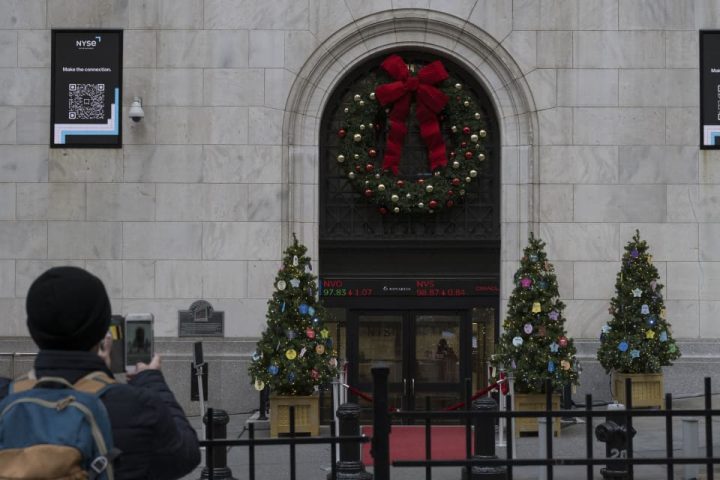In mountain climbing, the crux represents the toughest part of a route where the hardest moves and challenges are concentrated. While the consequences of failure in the stock market pale in comparison to climbing, we believe the crux for investors lies in the coming quarters as fiscal stimulus and consumer resilience fade while the lagged effects of monetary tightening take hold. We worry that many investors have fully embraced the soft landing narrative and are facing potentially the most dangerous part of this cycle’s climb with their guard down.
U.S. economic data has held up better than we expected coming into 2023, driving many investors to abandon their calls for the “most anticipated recession ever.” However, history shows that hopes of a soft landing often take hold before the economy hits the skids, with the term commonly used in corporate filings, transcripts and presentations ahead of both the 2001 and 2007-9 recessions. By this measure, the peak in the soft landing narrative was reached a few quarters before the actual onset of recession in both 2001 and 2007, meaning investors may be best served by remaining skeptical that the economy is already out of the danger zone.
Over the last year, the timing of a possible recession has drifted later and later. With the benefit of hindsight, investors likely underappreciated the recent surge in fiscal spending. Historically, the deficit has tracked the unemployment rate, shrinking in good times as tax receipts rise (and fewer need to tap into social safety nets) and expanding during recessions as tax receipts fall and Congress moves to bolster the economy. A different dynamic has emerged over the last decade, however, with the deficit moving opposite to the unemployment rate during the latter half of the last economic expansion (2015-19) and again since mid-2022.
Looking ahead into 2024, the fiscal stimulus appears likely to be smaller. If spending caps go into effect, the growth in fiscal spending will shrink even as the deficit remains high, meaning the recent spending binge is unlikely to be a tailwind for economic growth in the new year.
Another surprise has been the resiliency of the U.S. consumer as the labor market cools and excess savings dwindle. The pace of job creation and wage gains have continued to slow this year, meaning labor income can drive less consumption growth. Meanwhile, excess savings from COVID stimulus is expected to be fully depleted in the coming months. With borrowing metrics also normalizing, consumers’ ability to spend more diminishes. In fact, the revisions to GDP last week showed that consumption only grew by 0.8% in the second quarter, down from the 1.7% gain estimated previously, suggesting the consumer may already be in a fragile position.
A final explanation for the economy’s surprising strength may be the recognition that the period of truly restrictive monetary policy has lasted less than a year. Although the Fed began hiking 18 months ago, policy only entered “restrictive” territory — the point where rates are expected to slow economic growth — around year-end 2022. Given the traditional six to 18-month lag associated with monetary policy, the economy will likely face restrictive headwinds through mid-2024, just as we are moving through the cycle’s crux.
We believe the path of the labor market will determine whether the economy continues along the soft landing path or slips into recession. Payroll gains have normalized to an average of 150,000 over the last three months, a drop from the 320,000 pace seen six months ago and 430,000 pace a year ago. At this point, job creation is in the range seen at the end of the last economic expansion when the unemployment rate fell below 4%. While this has been a positive development, the slowdown in job creation will need to stop in short order. If not, the soft landing will have just been a stop along the path to a recession.
Jeffrey Schulze, CFA
CFA
Read the full article here







